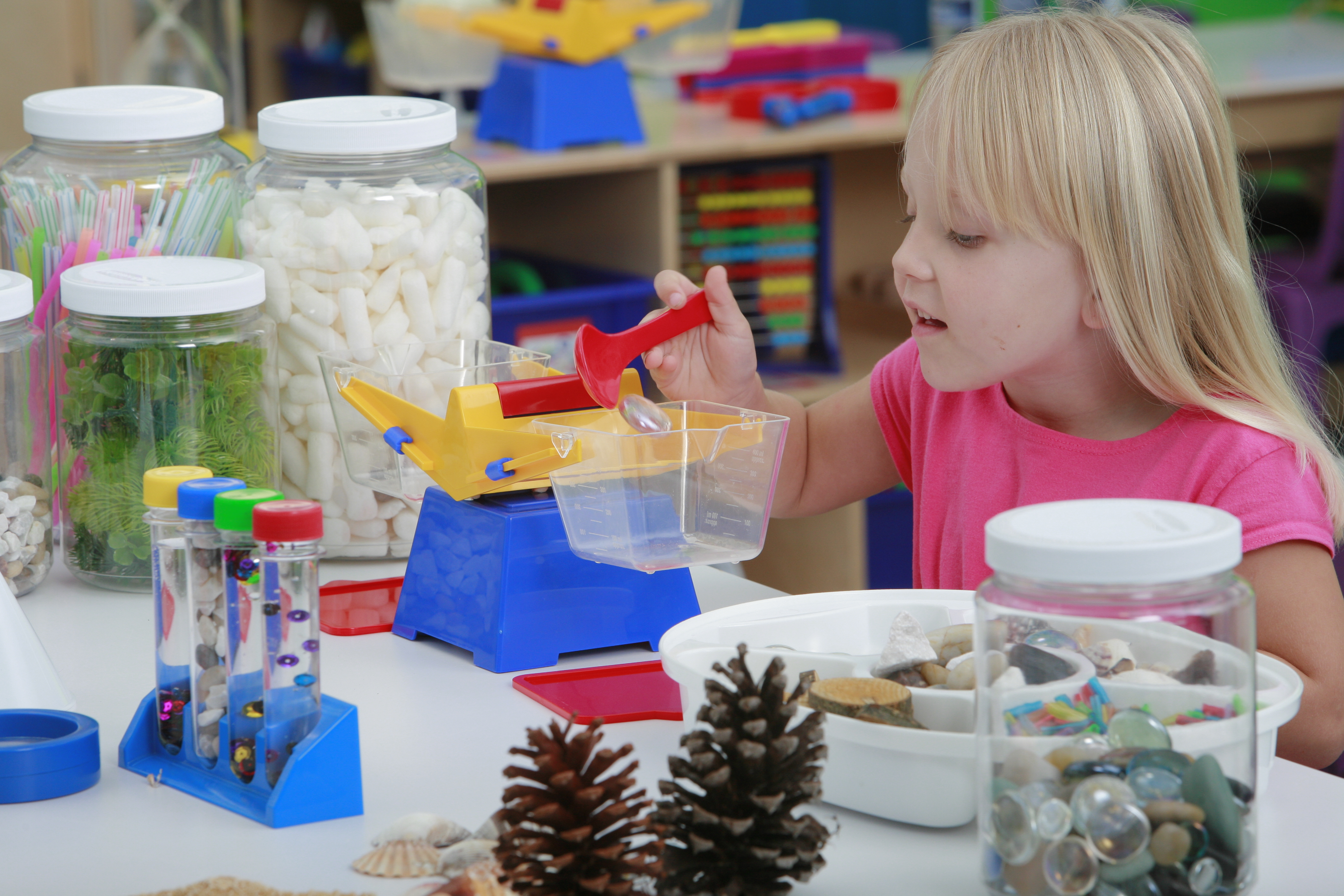A couple of years ago, when my nephew was about 2 and I had no children, my sister brought the little man to my toy-less house. I scrambled wondering how we’d entertain him for a few hours. Vaguely recalling some early development articles from school, I quickly assembled some random things. What I ended up grabbing was a large plastic veggie serving tray and filling the compartments with odds and ends: Cotton balls, giant buttons and beads, some crunchy leaves and sticks, paper scraps (I think they were receipts), bottle caps, and chopsticks. Turns out, I’m a genius: the baby happily explored each item and, with the addition of a couple of wide-mouthed plastic bottles to fill and empty, he was enthralled for a long time.
I had accidentally presented him with Loose Parts.

According to researchers at Penn State, Loose Parts “is a wonderful term coined by architect Simon Nicholson, who carefully considered landscapes and environments that form connections. Nicholson believed that we are all creative and that ‘loose parts’ in an environment will empower our creativity. Many play experts and early childhood educators adapted the theory of loose parts.”*
At Creative World Schools, our approach to Early Education puts the child in charge of their own learning journey. This means that our daily activities are full of invitations (not mandates) to explore. Children are often presented with provocations: items, objects, an activity that is as open-ended and hands-on as possible. Ample research supports this approach in terms of encouraging and affirming a child’s creativity and problem-solving skills.
Loose Parts is something of a passion of ours at Creative World. We’ve built it into every single curriculum book and our master teachers brainstorm new items to offer the children during their monthly collaborations.
Penn State researchers further affirm: “Giving meaning to loose parts requires us to think about the possibilities of how a child learns and consider the materials and environments she uses. Loose parts create endless possibilities and invite creativity. For example, if a child picks up a rock and starts to play, most likely that rock can become anything the child wants it to be. Imagination, creativity, curiosity, desire, and need are the motivation of loose parts.”*
Visit our Loose Parts Pinterest board for some ideas on how to invite your own young child to a Loose Parts experience!
*http://extension.psu.edu/youth/betterkidcare/early-care/our-resources/tip-pages/tips/loose-parts-what-does-this-mean
